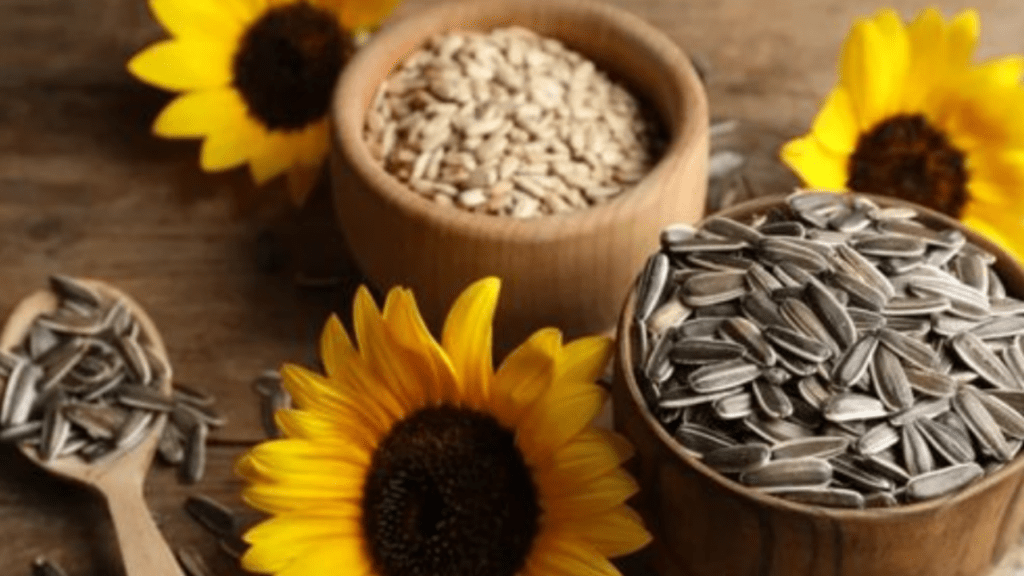
Beginner's Guide to Using a Flower Seed Planter for Stunning Gardens
Are you ready to take your gardening skills to the next level? If so, then using a flower seed planter is a great way to create stunning and vibrant gardens with ease. In this beginner’s guide, we will walk you through the step-by-step process of using a flower seed planter to ensure that you have a beautiful and bountiful garden. From selecting the right seeds to planting and caring for your flowers, we’ve got you covered with all the essential tips and tricks. So, let’s get started and turn your garden into a blooming paradise!
A flower seed planter is an essential tool for anyone looking to create a stunning garden with ease. It allows you to plant seeds with precision and efficiency, ensuring that your garden will flourish with vibrant and healthy flowers. Using a flower seed planter is perfect for beginners who are new to gardening or for experienced gardeners looking to streamline their planting process. With a flower seed planter, you can easily plant a variety of flower seeds in your garden, creating a visually appealing and beautiful landscape. Whether you’re looking to plant wildflowers, annuals, or perennials, a flower seed planter will help you achieve your gardening goals with ease. So, if you’re ready to take your gardening skills to the next level and create a stunning and vibrant garden, be sure to add a flower seed planter to your gardening toolkit.
Table of Contents
ToggleUnderstanding Flower Seed Planters
A flower seed planter is an essential tool for anyone looking to create a stunning garden with ease. It allows you to plant seeds with precision and efficiency, ensuring that your garden will flourish with vibrant and healthy flowers. Using a flower seed planter is perfect for beginners who are new to gardening or for experienced gardeners looking to streamline their planting process. With a flower seed planter, you can easily plant a variety of flower seeds in your garden, creating a visually appealing and beautiful landscape. Whether you’re looking to plant wildflowers, annuals, or perennials, a flower seed planter will help you achieve your gardening goals with ease. So, if you’re ready to take your gardening skills to the next level and create a stunning and vibrant garden, be sure to add a flower seed planter to your gardening toolkit.
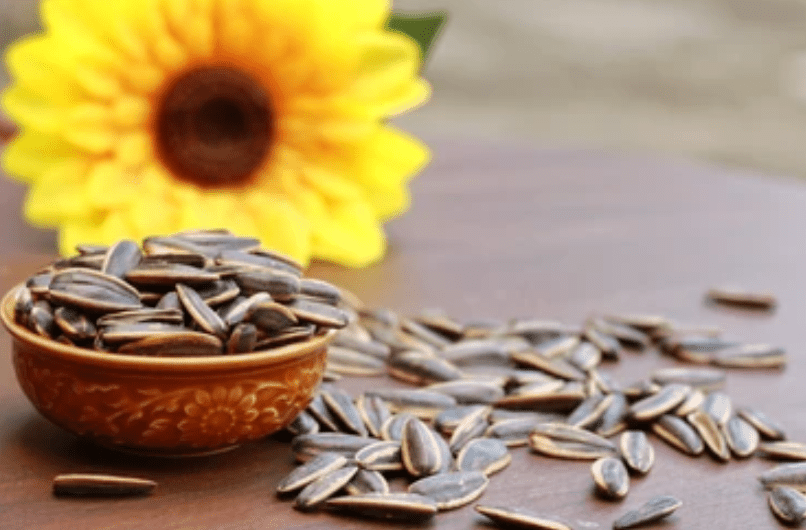
What is a Flower Seed Planter?
A flower seed planter is a gardening tool designed to make the process of planting flower seeds easier and more efficient. It allows you to plant seeds with precision and accuracy, ensuring that your garden will bloom with vibrant and healthy flowers. Whether you are new to gardening or an experienced gardener, using a flower seed planter can help streamline the planting process. It is perfect for planting a variety of flower seeds, including wildflowers, annuals, and perennials, to create a visually appealing and beautiful garden. Adding a flower seed planter to your gardening toolkit can help take your gardening skills to the next level and create a stunning and vibrant garden.
Types of Flower Seed Planters
Manual Flower Seed Planters
Manual Flower Seed Planters are a great option for gardeners who prefer a hands-on approach to planting. These planters require the user to manually push the tool into the soil and then release the seeds into the ground. They are simple to use and are great for small to medium-sized gardens. Manual flower seed planters also allow for precise and controlled planting, ensuring that your flower seeds are evenly spaced and planted at the correct depth. They are a cost-effective and efficient option for gardeners who enjoy the process of planting by hand. With a manual flower seed planter, you can take control of your gardening and create a beautiful and vibrant flower garden.
Mechanical Flower Seed Planters
Are a great option for gardeners who have larger gardens or want to save time and effort when planting flower seeds. These planters are designed to be attached to a garden tractor or a handheld seed drill, making it easier to cover larger areas of land with flower seeds. Mechanical flower seed planters are perfect for creating uniform and evenly spaced rows of flowers, ensuring a well-organized and visually appealing garden. They are also adjustable, allowing for easy customization of seed spacing and depth to meet the specific needs of different flower species. With a mechanical flower seed planter, gardeners can save time and labor while still achieving a beautiful and vibrant garden. No matter what type of flower seed planter you choose, adding one to your gardening toolkit can make planting flower seeds easier and more efficient, ultimately leading to a stunning and visually appealing garden.
Automatic Flower Seed Planters
Are a great option for gardeners who want to save time and effort when planting flower seeds. These planters are designed to automatically dispense the seeds at a controlled rate, making it quick and efficient to cover larger areas of land with flower seeds. With an automatic flower seed planter, you can create uniform and evenly spaced rows of flowers, ensuring a well-organized and visually appealing garden. These planters are also adjustable, allowing for easy customization of seed spacing and depth to meet the specific needs of different flower species. With an automatic flower seed planter, gardeners can save time and labor while still achieving a beautiful and vibrant garden. Adding an automatic flower seed planter to your gardening toolkit can make planting flower seeds easier and more efficient, ultimately leading to a stunning and visually appealing garden.
Benefits of Using a Flower Seed Planter
Efficiency and Precision in Planting
Using a mechanical flower seed planter can save gardeners time and labor while still achieving a beautiful garden. These planters automatically dispense seeds at a controlled rate, making it quick and efficient to cover larger areas of land with flower seeds. They also create uniform and evenly spaced rows of flowers, ensuring a well-organized and visually appealing garden. Additionally, automatic flower seed planters are adjustable, allowing for easy customization of seed spacing and depth to meet the specific needs of different flower species. Overall, using a flower seed planter can make planting flower seeds easier and more efficient, ultimately leading to a stunning and visually appealing garden.
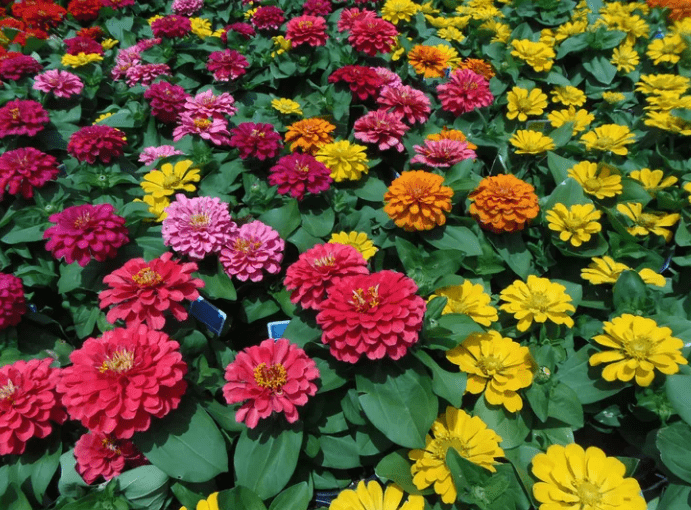
Time and Labor Savings
With an automatic flower seed planter, gardeners can save time and labor while still achieving a beautiful and vibrant garden. Adding an automatic flower seed planter to your gardening toolkit can make planting flower seeds easier and more efficient, ultimately leading to a stunning and visually appealing garden. These planters automatically dispense seeds at a controlled rate, making it quick and efficient to cover larger areas of land with flower seeds. They also create uniform and evenly spaced rows of flowers, ensuring a well-organized and visually appealing garden. Additionally, automatic flower seed planters are adjustable, allowing for easy customization of seed spacing and depth to meet the specific needs of different flower species. Overall, using a flower seed planter can make planting flower seeds easier and more efficient, ultimately leading to a stunning and visually appealing garden.
Versatility for Different Flower Varieties
An automatic flower seed planter offers versatility for different flower varieties. It allows for easy customization of seed spacing and depth to meet the specific needs of different flower species. This versatility ensures that each type of flower is planted in the most ideal conditions for growth, ultimately leading to a stunning and visually appealing garden. Whether you are planting delicate, small flowers or larger, more robust varieties, an automatic flower seed planter can accommodate a wide range of flower species. This makes the planting process more efficient and ensures that each type of flower has the best possible start for healthy growth. Overall, using a flower seed planter can make planting flower seeds easier and more efficient, ultimately leading to a beautiful and well-organized garden.
Choosing the Right Flower Seed Planter
Factors to Consider
Garden Size
First, you’ll want to think about the size of your garden and the types of flowers you plan to plant. Some planters are better suited for small gardens, while others are designed for larger-scale planting. Consider the versatility of the planter and whether it can accommodate different flower varieties. It’s also important to consider the ease of use and the level of customization the planter offers. Look for a planter that allows you to adjust seed spacing and depth to meet the specific needs of different flower species. Additionally, consider the durability and quality of the planter to ensure that it will last for many planting seasons. By taking these factors into account, you can choose the right flower seed planter to make your planting process easier and more efficient, ultimately leading to a stunning and visually appealing garden.
Type of Flowers
When choosing the right flower seed planter, there are a few factors to consider. The size of your garden and the types of flowers you plan to plant are important considerations. Some planters are better suited for small gardens, while others are designed for larger-scale planting. Consider the versatility of the planter and whether it can accommodate different flower varieties. It’s also important to consider the ease of use and the level of customization the planter offers. Look for a planter that allows you to adjust seed spacing and depth to meet the specific needs of different flower species. Additionally, consider the durability and quality of the planter to ensure that it will last for many planting seasons. By taking these factors into account, you can choose the right flower seed planter to make your planting process easier and more efficient, ultimately leading to a stunning and visually appealing garden.
Budget
The size of your garden and the types of flowers you plan to plant are important considerations when setting a budget for your gardening project. It’s important to consider the cost of seeds, soil, planters, and any other supplies you may need. You may also want to budget for any tools or equipment that will make gardening easier, such as a quality watering can or gardening gloves. It’s important to prioritize your spending and make sure you have enough allocated for the essentials, like seeds and soil, before splurging on decorative planters or other non-essential items. By setting a budget and sticking to it, you can ensure that you have a successful and enjoyable gardening experience without overspending. Remember that gardening doesn’t have to break the bank, and with careful planning and budgeting, you can create a beautiful garden without stretching your finances too thin.
Top Flower Seed Planter Brands and Models
There are several top flower seed planter brands and models to consider when choosing the right one for your gardening needs. Some popular brands include Earthway, Chapin, and Garden Weasel. Each brand offers a variety of models with different features and capabilities. When choosing a flower seed planter, it’s important to consider factors such as the size of your garden, the types of flowers you plan to plant, and your budget. Look for a planter that is durable, easy to use, and efficient in seed distribution. Researching different brands and models will help you find the best flower seed planter for your gardening project.
Preparing for Planting with a Flower Seed Planter
Selecting the Right Flower Seeds
When it comes to selecting the right flower seeds for your garden, it’s important to consider factors such as your climate, soil type, and the amount of sunlight your garden receives. Some popular flower seeds to consider are marigolds, petunias, and zinnias, which are known for their vibrant colors and easy maintenance. You can also choose from a variety of wildflower seed mixes to create a more natural and diverse garden. It’s important to read the seed packets carefully to ensure that you are choosing the right seeds for your specific gardening needs. Additionally, consider starting with a mix of annual and perennial flower seeds to ensure a beautiful and long-lasting garden. By selecting the right flower seeds, you can create a stunning garden that will bring joy and beauty to your outdoor space.
Soil Preparation and Conditioning
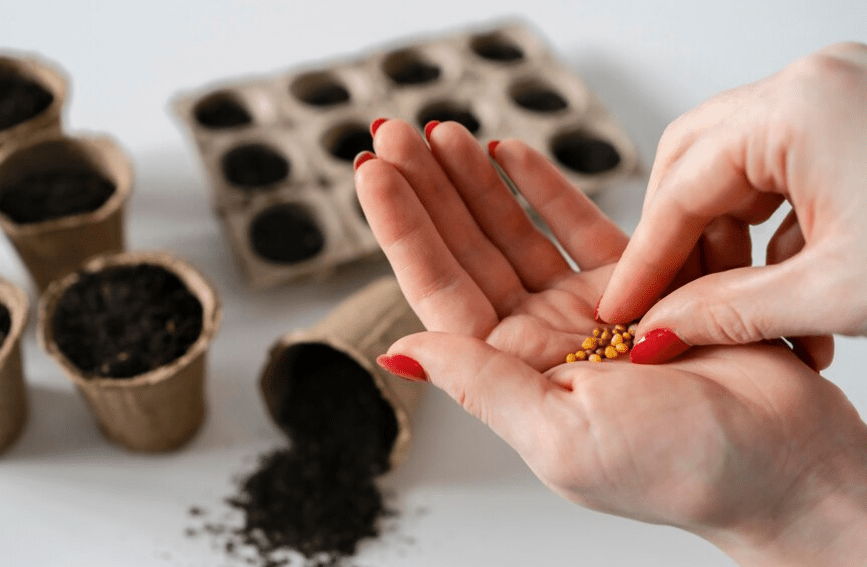
Is crucial for the success of your gardening project. Before planting your flower seeds, it’s important to prepare the soil to provide the best growing conditions for your plants. Start by clearing the area of any weeds, rocks, and debris. Then, loosen the soil by tilling or digging to improve aeration and drainage. You can also add organic matter such as compost or manure to enrich the soil and provide essential nutrients for the plants. Testing the soil pH can also help you determine if any adjustments need to be made to create the optimal growing environment for your flower seeds. Once the soil is prepared, you can use a flower seed planter to sow the seeds at the correct depth and spacing. This will help ensure that the seeds have the best chance of germination and growth. With proper soil preparation and conditioning, you can create a healthy and thriving garden that will yield beautiful blooms for you to enjoy.
Step-by-Step Guide to Using a Flower Seed Planter
Assembling Your Flower Seed Planter
To assemble your flower seed planter, start by gathering all the necessary parts and tools. Follow the instructions provided with the planter to put it together properly. Once assembled, you can begin preparing the soil for planting. This involves clearing the area of weeds, rocks, and debris, as well as loosening the soil to improve aeration and drainage. Adding organic matter such as compost or manure can also enrich the soil and provide essential nutrients for the plants. Testing the soil pH will help you determine if any adjustments need to be made to create the optimal growing environment for your flower seeds. Once the soil is prepared, you can use the flower seed planter to sow the seeds at the correct depth and spacing, ensuring the best chance of germination and growth. Following these steps will help you create a healthy and thriving garden that will yield beautiful blooms for you to enjoy.
Calibrating the Planter for Different Seeds
When calibrating the planter for different seeds, it’s important to follow the instructions provided with the planter to ensure proper setup and operation. Each type of seed may have different planting requirements in terms of depth and spacing, so it’s essential to adjust the planter settings accordingly. Some planters come with adjustable seed plates or settings that allow you to customize the planting pattern to suit the specific needs of the seeds you are sowing. It’s a good idea to test the planter with a small amount of seeds first to make sure the settings are correct before planting on a larger scale. Proper calibration will help ensure that your seeds are planted at the right depth and spacing, giving them the best chance for successful germination and growth.
Step-by-Step Planting Process
When it comes to planting flowers, it’s important to follow a step-by-step process. First, you need to prepare the soil by tilling it and adding any necessary nutrients. Once the soil is prepared, you can use a flower seed planter to sow the seeds at the correct depth and spacing, ensuring the best chance of germination and growth. It’s important to calibrate the planter for different seeds, following the instructions provided with the planter to ensure proper setup and operation. Each type of seed may have different planting requirements in terms of depth and spacing, so it’s essential to adjust the planter settings accordingly. Some planters come with adjustable seed plates or settings that allow you to customize the planting pattern to suit the specific needs of the seeds you are sowing. It’s a good idea to test the planter with a small amount of seeds first to make sure the settings are correct before planting on a larger scale. Proper calibration will help ensure that your seeds are planted at the right depth and spacing, giving them the best chance for successful germination and growth. Following these steps will help you create a healthy and thriving garden that will yield beautiful blooms for you to enjoy.
Caring for Your Planted Flowers
Watering and Irrigation Techniques
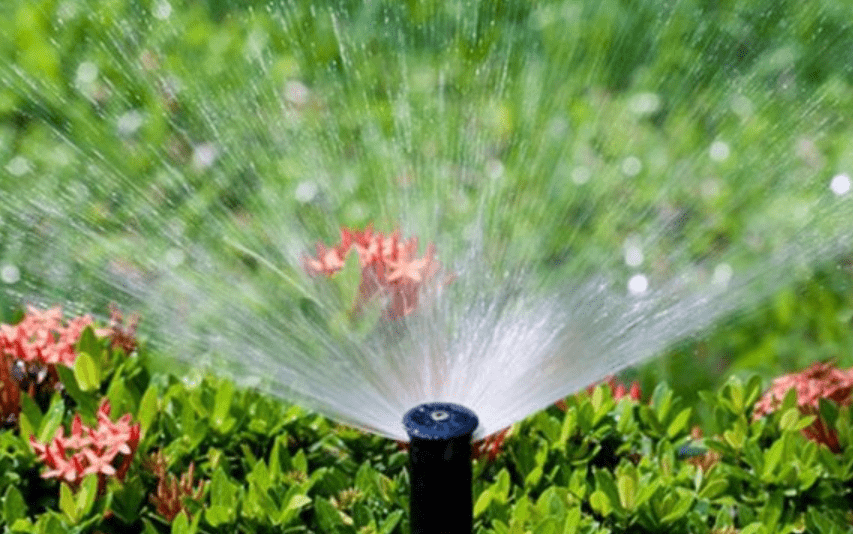
Once your flowers are planted, it’s important to use the right watering and irrigation techniques to ensure they receive the proper amount of water. Overwatering can lead to root rot and other issues, while underwatering can cause the plants to wilt and die. It’s important to water your flowers at the base of the plant, rather than from above, to ensure the water reaches the roots. Using a soaker hose or drip irrigation system can help deliver water directly to the roots and minimize water waste. It’s also important to water in the early morning or late afternoon to reduce evaporation and give the plants a chance to absorb the water before the heat of the day. Monitoring the soil moisture and adjusting your watering schedule based on the weather and the specific needs of your plants is essential for their overall health and growth. By using the right watering and irrigation techniques, you can help your flowers thrive and bloom beautifully.
Fertilization and Soil Nutrition
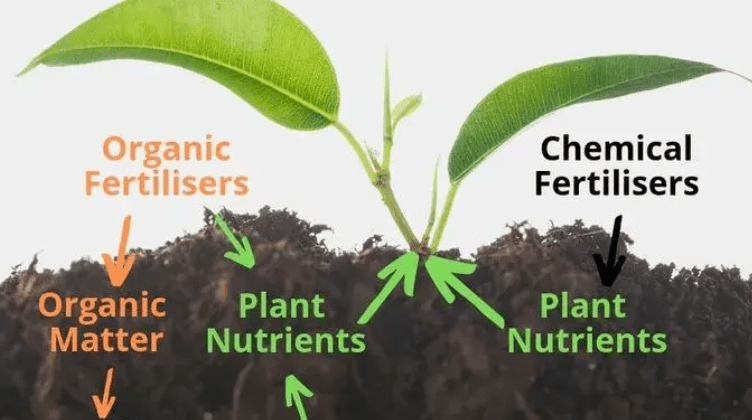
Are crucial for the health and growth of your planted flowers. It’s important to fertilize your soil before planting and throughout the growing season to ensure your flowers have the nutrients they need to thrive. You can use organic fertilizers, such as compost or manure, to improve the soil’s fertility and provide essential nutrients for your plants. Additionally, you can use commercial fertilizers specifically designed for flowering plants to promote healthy growth and vibrant blooms. It’s important to follow the instructions on the fertilizer packaging and avoid over-fertilizing, as this can lead to nutrient imbalances and damage to your plants. Testing your soil’s pH levels can also help you determine the specific nutrient needs of your flowers and adjust your fertilization routine accordingly. By paying attention to the nutritional needs of your soil and using the right fertilization techniques, you can support the overall health and beauty of your planted flowers.
Pest and Disease Management
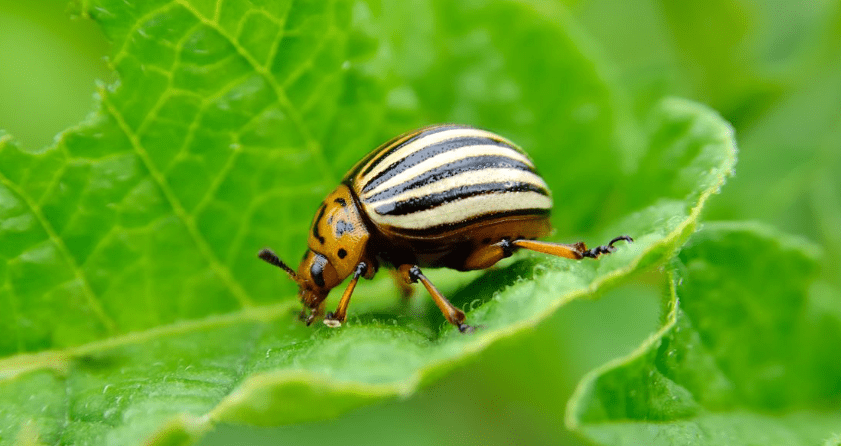
Is an important aspect of maintaining the health and beauty of your garden. It’s important to regularly inspect your plants for any signs of pests or diseases and take action to control and prevent them. One way to manage pests is by using natural predators or biological control methods to keep pest populations in check. You can also use insecticidal soaps or botanical pesticides to target specific pests while minimizing harm to beneficial insects. For disease management, it’s important to practice good sanitation by removing and disposing of infected plant material to prevent the spread of disease. Additionally, you can use fungicides or other disease control products to protect your plants from common diseases. It’s important to monitor your plants regularly and take a proactive approach to pest and disease management to ensure the health and vitality of your garden. Remember to always follow the instructions on pest and disease control products and use them responsibly to minimize environmental impact. By implementing these strategies, you can effectively manage pests and diseases and keep your garden thriving.
Mulching and Weed Control
Are important practices in maintaining a healthy garden. Mulching helps to retain moisture in the soil, regulate soil temperature, and suppress weed growth. It also adds organic matter to the soil as it decomposes. When mulching, be sure to use organic materials like bark, wood chips, or straw to avoid introducing harmful chemicals into your garden. Weed control is essential to prevent weeds from competing with your plants for water, nutrients, and sunlight. You can use organic weed control methods such as hand-weeding, hoeing, or mulching to keep weeds at bay. There are also natural weed control products available that are safe for the environment. It’s important to stay on top of weed control to prevent them from taking over your garden. By implementing mulching and weed control practices, you can create a healthy and thriving garden.
Common Issues and Troubleshooting
When gardening, it’s important to be aware of common issues and how to troubleshoot them. One common issue is soil depletion, where the soil becomes lacking in nutrients over time. To address this, it’s important to regularly add organic matter to the soil as it decomposes. Mulching is a great way to do this, as it not only adds organic matter but also helps retain moisture and suppress weeds. When mulching, be sure to use organic materials like bark, wood chips, or straw to avoid introducing harmful chemicals into your garden.
Weed control is another essential aspect of gardening, as weeds can compete with your plants for water, nutrients, and sunlight. Organic weed control methods such as hand-weeding, hoeing, or mulching can help keep weeds at bay. There are also natural weed control products available that are safe for the environment. It’s important to stay on top of weed control to prevent them from taking over your garden.
By implementing mulching and weed control practices, you can create a healthy and thriving garden while addressing common issues that may arise.
In conclusion, using a flower seed planter can make the process of planting and caring for your garden much easier and more efficient. By following the step-by-step guide provided in this post, you can create a stunning garden that will be the envy of your neighborhood. Remember to choose the right seeds for your climate and soil, and to properly care for your plants as they grow. With a little patience and dedication, you can create a beautiful garden that will bring you joy for years to come.
Frequently asked questions And Answer
A flower seed planter is a tool used to efficiently plant flower seeds in soil, making the process quicker and more precise.
First, fill the planter with the appropriate type of soil for your flower seeds. Then, follow the instructions for your specific planter to adjust the depth and spacing settings. Next, simply walk along your garden area and press the planter into the soil to create holes for the seeds. Finally, drop the seeds into the holes and cover them with soil.
Using a flower seed planter saves time and effort, ensures proper spacing and depth for seeds, and can result in a more uniform and aesthetically pleasing garden.
Flower seed planters are typically designed to work with a variety of flower seeds, but it’s important to check the specific instructions for your planter to ensure compatibility with the seeds you want to plant.
No, using a flower seed planter is relatively straightforward and does not require any special skills or knowledge. Simply follow the instructions provided with your planter for best results.
It’s important to clean and store your flower seed planter properly after each use to prevent soil and debris from clogging the mechanism. Additionally, regular lubrication of moving parts may be necessary for some types of planters.
Flower seed planters are typically designed for outdoor use in garden beds or containers, but there may be specialized indoor planters available for indoor gardening applications.
Flower seed planters can be purchased at garden centers, home improvement stores, or online retailers that specialize in gardening tools and equipment.
